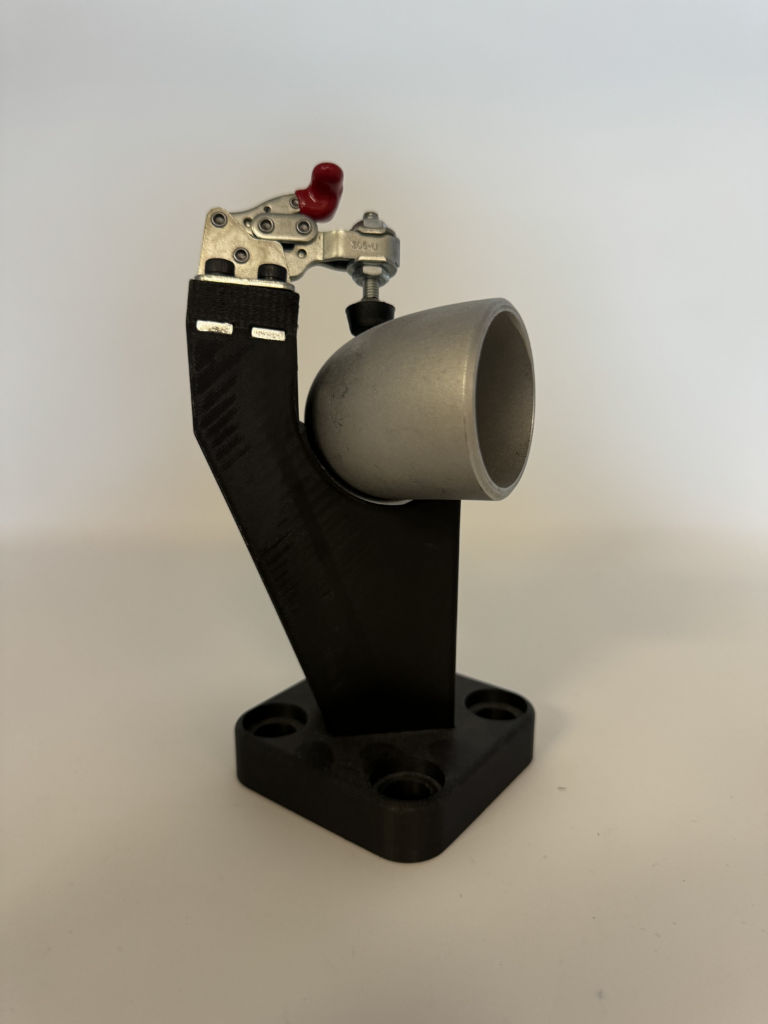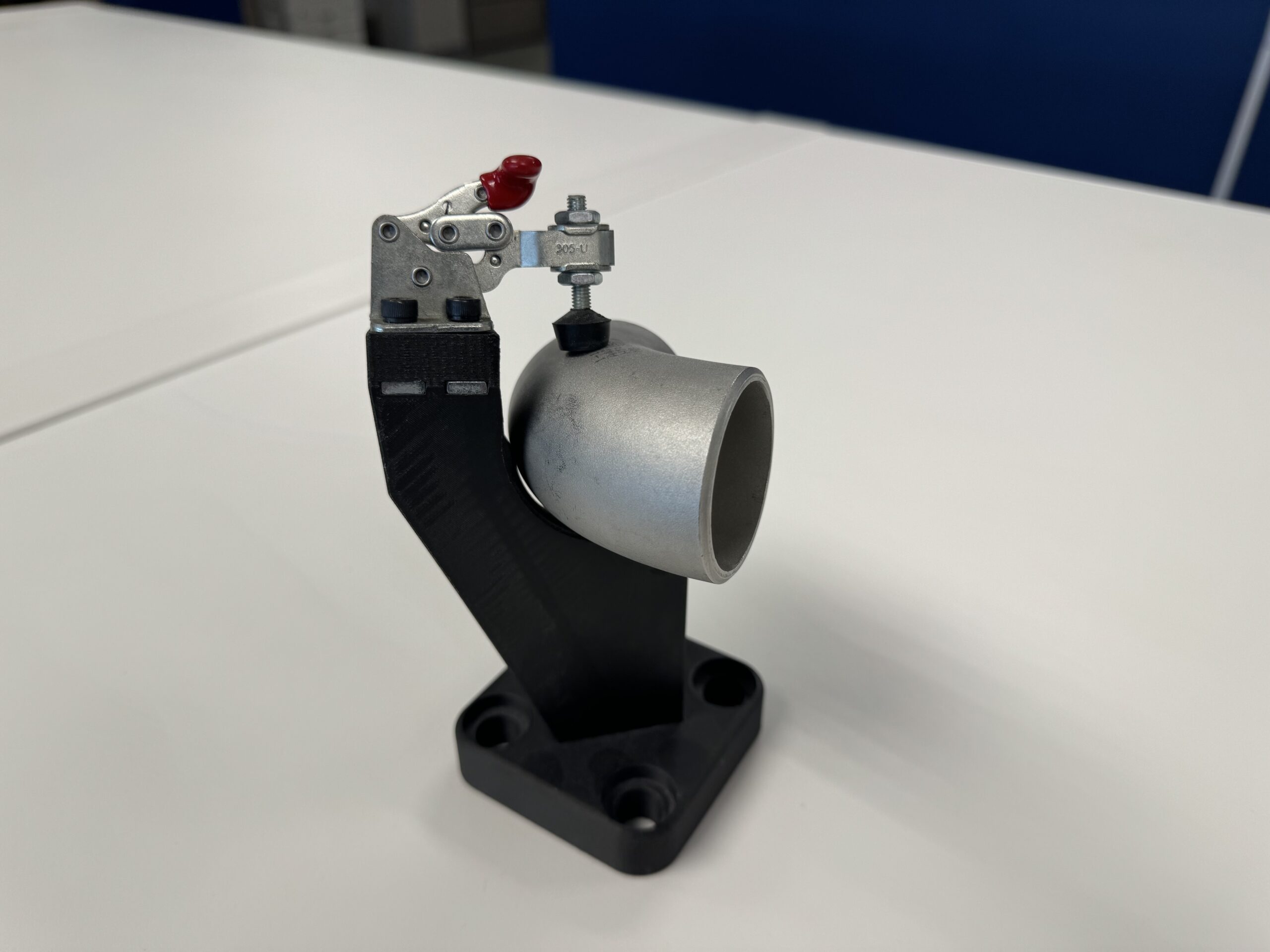In the realm of manufacturing, precision and efficiency are paramount. Two indispensable tools that play a crucial role in achieving these goals are jigs and fixtures. Whether you are engaged in traditional manufacturing methods or embracing the additive manufacturing revolution, understanding the nuanced differences between jigs and fixtures is essential.
In this article, we will explore the distinctive characteristics of these tools and their significance in optimizing production processes for both additive and traditional manufacturing.
Defining Jigs and Fixtures
Jigs
Jigs are specialized tools designed to guide, support, and position a workpiece during manufacturing operations. They ensure repeatability and accuracy in tasks such as drilling, milling, or welding.
In the additive manufacturing context, jigs can be designed and produced with intricate geometries, leveraging the design freedom offered by technologies like 3D printing. These jigs help secure complex structures or delicate components in place during the additive manufacturing process, ensuring precise layering and deposition.
Fixtures
Fixtures, on the other hand, are devices used to securely hold a workpiece in a specific position during machining or assembly processes. Fixtures are generally more rigid and robust than jigs, as they need to withstand the forces exerted during manufacturing.
In traditional manufacturing, fixtures are commonly machined from metals like steel or aluminum. They play a crucial role in mass production by allowing for the simultaneous processing of multiple workpieces with consistent accuracy. In the realm of additive manufacturing, fixtures can also be produced with the same layer-by-layer approach, offering flexibility in design and material selection.

Key Differences
1. Design Flexibility:
Additive manufacturing particularly 3D printing, offers unparalleled design freedom. Jigs produced through additive methods can be intricately designed with complex geometries tailored to the specific needs of the task.
Traditional manufacturing, while precise, may face limitations in achieving such intricate designs, depending on the machining capabilities.
2. Material Selection:
Traditional manufacturing processes often rely on metals like steel or aluminum for the fabrication of jigs and fixtures due to their strength and durability.
Additive manufacturing allows for a broader range of materials, including polymers and composites, offering opportunities for lightweight designs or specialty applications.
3. Cost and Lead Time:
The production of jigs and fixtures through additive manufacturing can be more cost-effective for low-volume production or prototyping as it eliminates the needs for complex tooling or molds.
However, traditional manufacturing may be more cost-effective for high-volume production due to economies of scale.
4. Production Scale:
Traditional fixtures are often associated with large-scale production, where the cost of tooling can be amortized over many units.
In contrast, additive manufacturing enables cost-effective production of smaller batches or even one-off customized jigs and fixtures, catering to the needs of niche markets or specialized applications.
Another advantage of using additive manufacturing to produce fixtures is keeping revenue generation maximized. If you can keep your systems generating revenue that you used to have to shut down to make fixtures, this can add up to better overall margins.
How to Manufacture Jigs and Fixtures
Manufacturing jigs and fixtures involves a meticulous process that demands precision and attention to detail. The choice of manufacturing method, whether additive or traditional, greatly influences the production approach.
For traditional manufacturing, such as machining, the process typically beings with the selection of a suitable material, often metals like steel or aluminum, based on the required strength and durability. CNC machining is the employed to carve out the intricate shapes and features of the jig or fixture from the chosen material. This process ensures high precision and repeatability, crucial for the intended manufacturing tasks.
On the other hand, in additive manufacturing, the process starts with creating a digital model of the jig or fixture. Layer by layer, the 3D printing deposits material according to the design, allowing for complex geometries and customization. Material selection is diverse, ranging from polymers to advanced alloys, providing flexibility to meet specific application needs. Both manufacturing methods require thorough testing and validation to ensure the final jigs and fixtures meet the required standards for accuracy and durability, contributing to the overall efficiency of the manufacturing process.
The choice between additive and traditional methods for producing jigs and fixtures depends on various factors, including design complexity, material requirements, cost considerations, and production scale.
As technologies continues to advance, manufacturers are presented with a spectrum of options to enhance precision, optimize processes, and meet the ever-evolving demands of the industry.
By strategically leveraging the strength of both additive and traditional manufacturing, companies can unlock new possibilities for innovation and efficiency in the production of jigs and fixtures.
